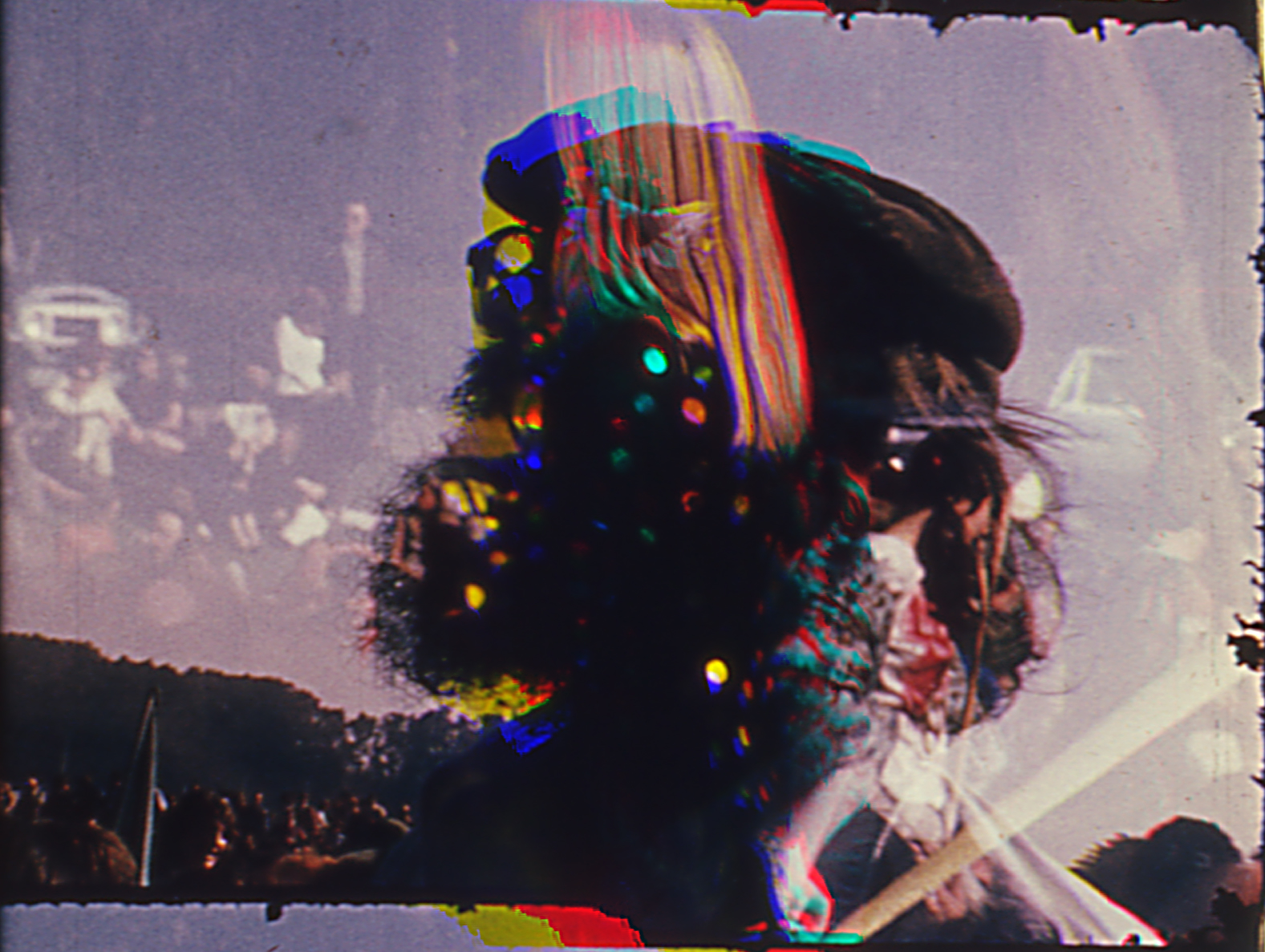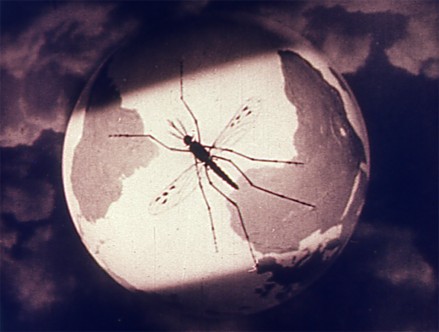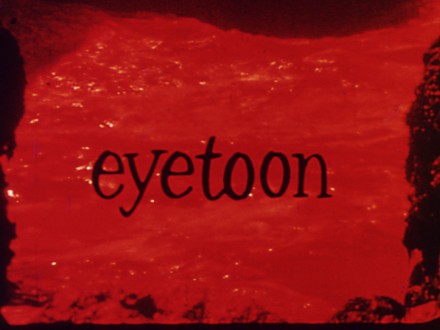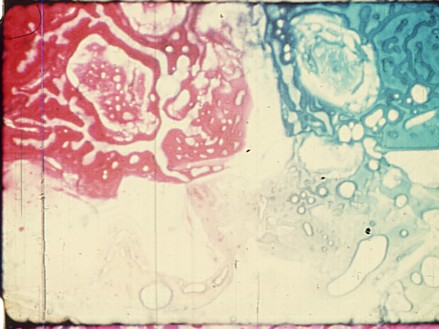
Beyond the Light Show: The Films of Jerry Abrams
Films
- Read More
 Documentary
DocumentaryBe-In
Jerry Abrams16mm, color, sound, 7 minRental format: 16mm - Read More
 Experimental
ExperimentalLotus Wing
Jerry Abrams16mm, color and b/w, sound, 16.5 minRental format: 16mm - Read More
 Experimental
ExperimentalEyetoon
Jerry Abrams16mm, color, sound, 8 minRental format: 16mm - Read More
 Experimental
ExperimentalMainstream
Jerry Abrams16mm, color, sound, 6.5 minRental format: 16mm
Description
On Monday, December 18th, 2023, at 6:30pm, join us at the FMC Screening Room (475 Park Avenue South, 6th Floor) for four tantalizing 16mm films by psychedelic visual artist Jerry Abrams, curated by Robert Schneider and FMC Executive Director, Dr. Tom Day!
A consequential but relatively obscure figure from the 1960s Bay Area Underground, Jerry Abrams emerged on the Haight-Ashbury scene as one of the architects and principal directors of Head Lights (later HeadLights), a multimedia liquid light show that provided visuals for some of the most iconic rock concerts of the late 1960s. Taking inspiration from Tony Martin (an occasional collaborator on Ken Kesey’s Acid Tests), Abrams collaborated with Glenn McKay and Marilyn Ashman to design iconic psychedelic visuals for the Monterey Pop Festival and acts such as The Grateful Dead, The Doors and Jefferson Airplane. During this period, Abrams also shot several films which remain well-preserved in the Film-Makers’ Coop’s collection and explore, document, and channel the '60s novel counterculture as it came into being.
Located by film historian David James in the tradition of what Jonas Mekas termed ‘avant-garde newsreels’, Be-In (1967) is still Abrams’ most widely seen work. A vital document of the San Francisco Human Be-In of January 14, 1967, in which 10,000 people descended upon Golden Gate Park’s Polo Field for an afternoon of music, freshly synthesized ‘White Lightning’ LSD and scores of free turkey provided by the Diggers. The event is infamous for popularizing San Francisco as the beating heart of the then-burgeoning hippie movement and featured the first utterance of the phrase ‘Turn on, tune in, drop out’ from academic-turned-psychedelic-guru Timothy Leary. Abrams’ film remains the best account of that day. Opening with an exemplary light show sequence, a viscous pageant of goopy color, the film explodes into a dynamic and oftentimes haphazard framing of the event and its attendees, including Allen Ginsberg, Lawrence Ferlinghetti, and Jerry Garcia, just to name a few. The movie’s soundtrack is dubbed from a live recording of rock outfit Blue Cheer. Anchored less in the events of the subculture, Lotus Wing (1967) is a Pop Art-adjacent bricolage of found footage (Krazy Kat cartoons, hippie actualities, dated striptease films, bread commercials and sundry other ads for consumables) set to a pulsating jazz score, and can be seen as something of a missing link between the post-beat montages of Bruce Conner and the later cine-collages of Craig Baldwin. The final two films of Abrams’ 60s period, Mainstream and Eyetoon (both 1968) are similar compilations of footage shot in San Francisco and various rural idylls. They demonstrate Abram’s achievement as a technical filmmaker, utilizing various speeds, camera tricks and more consistent inclusion of his advanced hand-painted and liquid-effect light show slides. A dizzying and playful demonstration of the perceived commingling of political emancipation and heteronormative carnal desire, the works, while perhaps representationally problematic to contemporary sensibilities, possess a verve and dynamism that makes the films definitive examples of mature West Coast Hippie aesthetics.
After completing this suite of 60s work, Abrams finished his last film under his own name, Sub Rosa Rising (1971), an avant-garde documentary focusing on the sex industry in San Francisco. He ceased experimental filmmaking and moonlighted as an exploitation filmmaker and pornographer in the 1970s with titles including Overdose of Degradation (1970), The Analyst (1975) and Confessions of a Teenage Peanut Butter Freak (1975). He maintained a strong link to his lightshow past, continuing to perform well into the 1990s. Rarely shown, the works presented here are receiving some of their first showings in New York since the 1960s, while Be-In was last shown at The Whitney Museum as part of its 2007 thematic exhibition Summer of Love: Art of Psychedelic Era (2007).